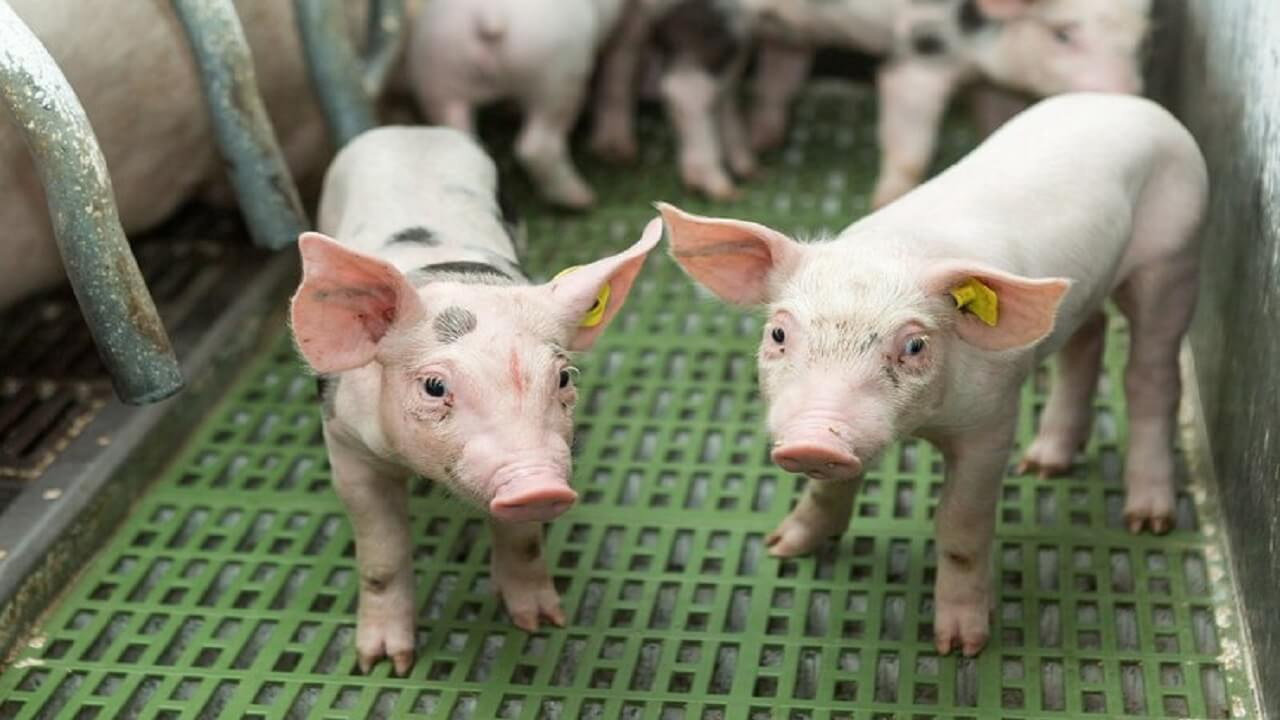
Pig Production and Management
May 12, 2024, 8:32 am
Pigs are prolific and when properly managed can be a good source of income. There are various methods of pig farming depending on the method of management adopted.
Pig Production and Management
The method of pig production chosen will depend on capital available, type of animals kept, available market opportunities and the level of management skills.
Pig Housing
The orientation of the pig housing is to make the building’s longer side run from east to west to minimize the amount of heat load that gets into the pen.
Each pen should be divided into two with connecting entrance. The first part is under the roof of the building while the other part falls outside the roof and will contain the wallow, drinking trough and the dung area.
The floor of the pen should be non-slippery cemented. The floor should be easy to clean, disinfect and be dry, provide good observation, require minimum handling of waste (feces, slurry) and separate the pigs from its feces.
In advanced housing type, the floor is made of slats, preferably of plastic and self-cleaning that do not allow the pigs to come into contact with their feces.
Building should be constructed to allow for cross ventilation. A comfortable pig should lie on its side making little bodily contact with other pigs. A wallow is essential for the pig to bathe when the environment is hot.
It is a good management practice to always place a thermometer at pig level to monitor ambient temperature.
To see how to build efficient pig pens and pig houses, you can get the structural drawings and designs of a good pig house when you buy our pig farming and processing business plan package. Learn more here
Pig Stocking Density
The stocking density for pigs weaned on fully slated or partly slated floors is approximately 0.1m2 per 10kg live weight. This should provide sufficient room for all pigs to lie down in the pen without body contact.
No more than 40 pigs should be housed in each pen for ease of management. Pigs of different ages should not be put in the same room
Problems of Over Stocking
- There is greater risk of disease spread
- Growth rates are reduced because there will be high competition for feed and water
- Vices such as ear and tail biting will increase
- Ventilation problems arise
Pig Sanitation and Disease Control
The pens should be cleaned twice a day. Manure should be removed in the morning. The left-over feed should be removed from the feeding trough which is cleaned, disinfected and replaced.
Fresh, cool and clean water should be served. Piglet diarrhea is a major recurrent problem for pig farmers. Most common diarrhea is caused by various strains of Escherichia coli, a bacterium common in the intestinal track of all mammals.
Because pigs’ ability to absorb antibodies decreases rapidly from birth, it becomes important that they feed on colostrum soon after birth. Colostrum provides the only natural disease protection they will have until their own mechanism for antibody production begins to function effectively at 4 to 5 weeks.
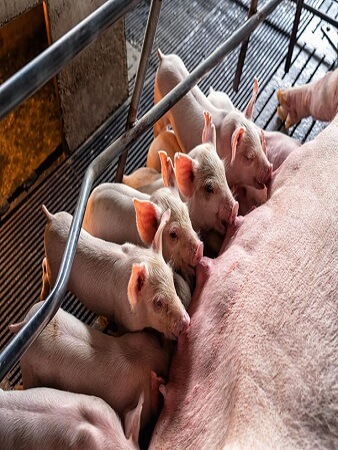
Disease resistance is lowest at 3 weeks and it is therefore wise to avoid unnecessary stress (castration, vaccination, deworming) at this time.
Management Practices on Piglets
Castration
Male piglets can be castrated any time before they are 4 weeks old. There is less shock on them at an early age and it is advisable this is done the first week of life of the piglet.
Clipping of Needle Teeth
Needle or wolf teeth appear in the sides of both the upper and lower jaws. They are temporary and used to fight with other pigs for nipples during nursing. It causes scars, and often infections, on the noses of litter mates and the sow’s udder.
Clip needle teeth with care not to crush the teeth or cut the gums. Clipping of the needle teeth is therefore important to prevent potential injury from fighting each other and damage to the udder of the dam.
Tail Docking
Tails can be docked. To dock the tails, use the same side-cutter pliers. Leave a stub on the tail about 0.5cm long. Tail docking is best done when the pigs are one-day old.
Ear Notching
Ear notching is a good practice even in commercial herds. This identification helps select replacement animals from top litters and gives a check on age when pigs reach market weight
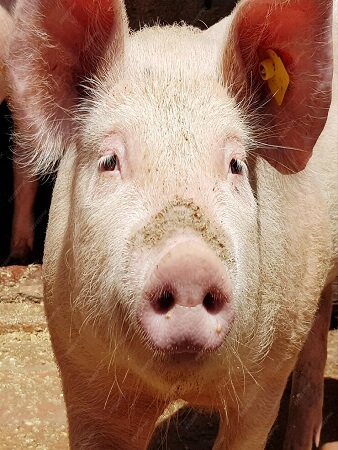
Administration of Iron Injection
The sow’s milk is low in iron. It is therefore important that the piglet is given some extra iron. There are many good sources of iron that can be used to prevent anemia.
Iron-dextran injected in the muscle is an effective method. Injections in the neck or forearm are preferred to injecting in the ham. Repeat the iron shot in about two weeks or as recommended on the label.
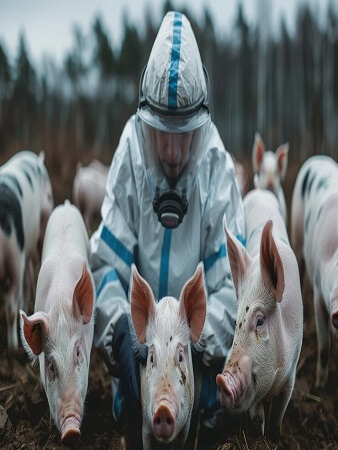
Common levels are 150—200 milligrams of iron as iron-dextran usually given the first 2 to 3 days after birth. Overdose of iron injection may induce shock. Iron can also be mixed with feed or drinking water. Locally, supply uncontaminated heated red soil to the pig is a cheaper method of supplying iron.
If you need a pigs (weaners, growers etc.) to start or grow your pig farming business, you can send a mail to agsolutions@agricdemy.com or call/chat with us on +2348089864121.
Also, if you need a pig farming and pork processing business plan to start and grow your pig farming business, click here to buy our pig farming and pork processing business plan.
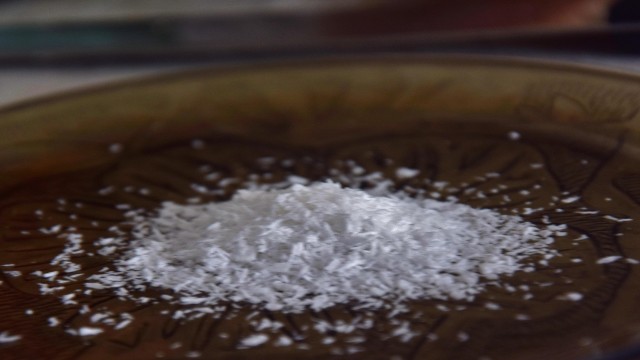
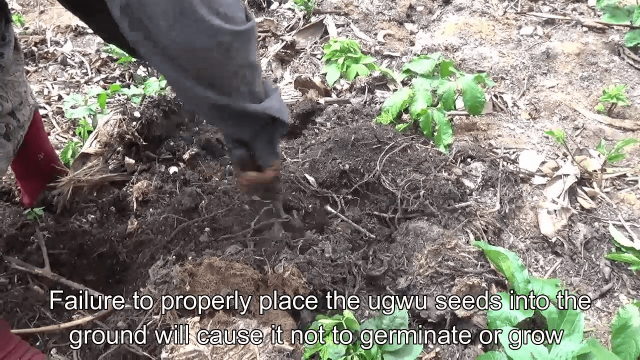
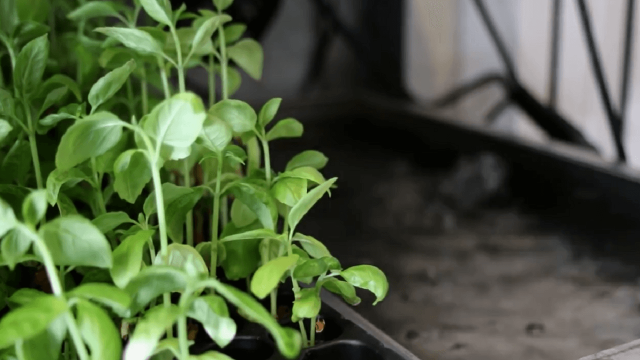
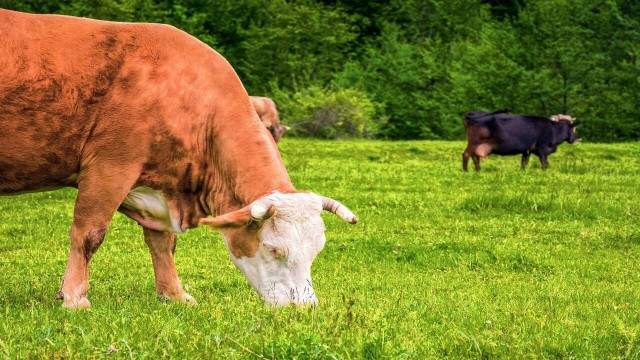
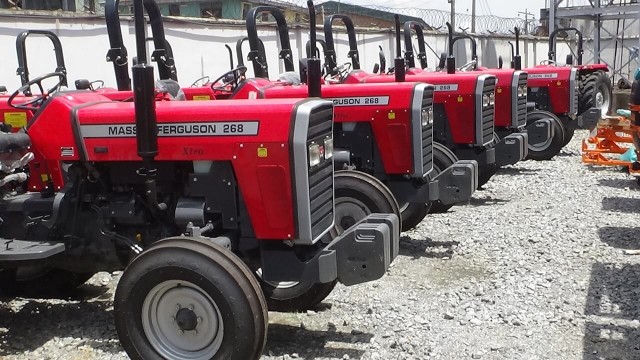
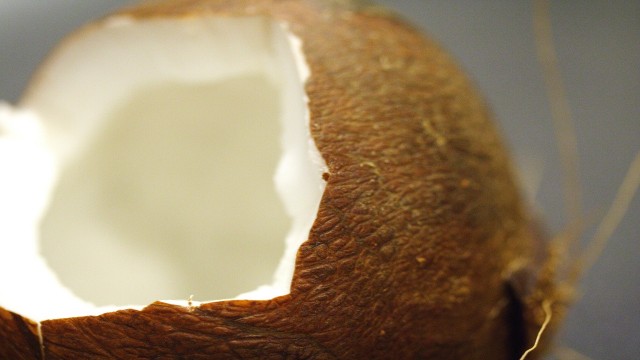

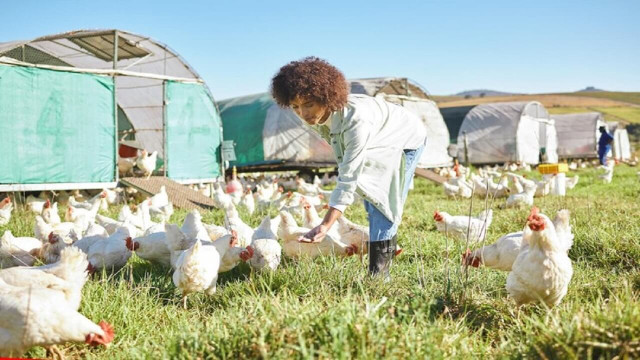
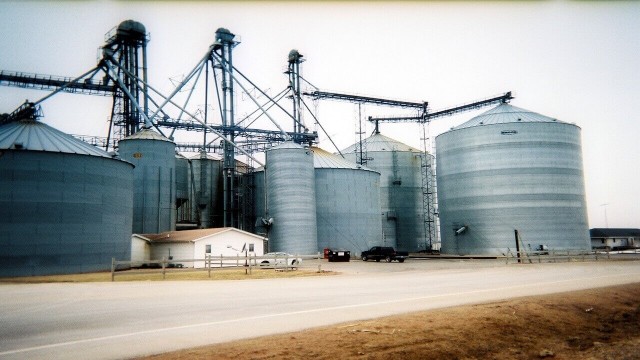


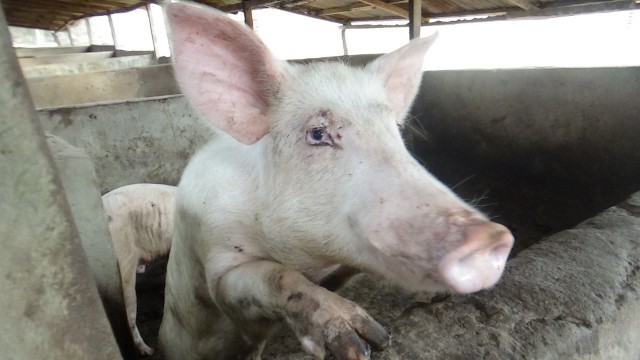
Share This Article: